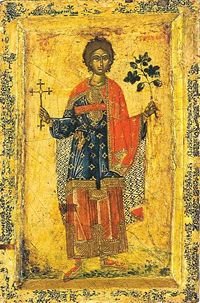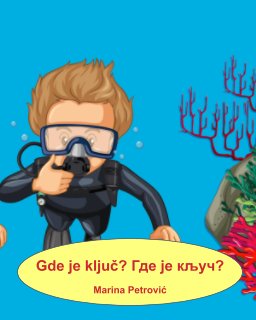Serbian Verbs in Short Stories
Recently I have considered* a list of the most frequently used Serbian verbs and I decided to write short stories and dialogues based on them. In* the first ten often used verbs, the following four are in this story:- biti
- imati
- jesti
- videti
Can you translate this dialogue into your mother tongue? I will translate it into English and this will help you to check your own translation. If you happen to have time, do send it (via comment maybe?), because it will help other students all over the world in the future!
*Sorry for the clumsy translation, I was trying to stick to the Serbian original text which can be found here.

.png)


















